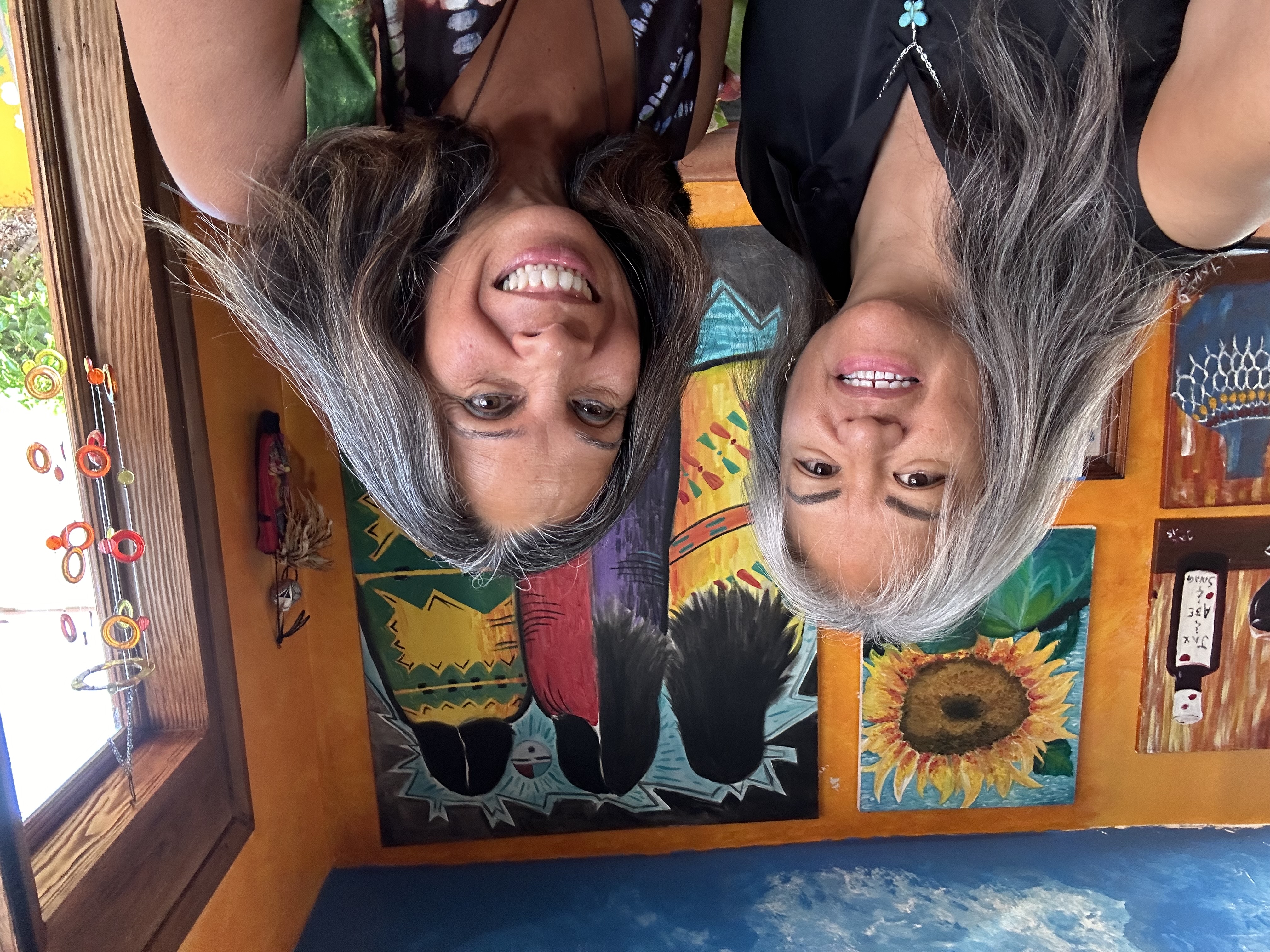Editor's Note
I am so grateful and honored to have served as Editor of the Restoration Magazine over the past two years, and as Senior Policy Specialist with the National Indigenous Women’s Resource Center since we opened our doors in 2011. The past 13 years with NIWRC have been a blessing working with survivors, families, advocates, Tribes, Native Hawaiians, the staff, board, our many partners, and policymakers. Looking through the past two decades of Restoration Magazine editions provides the bread crumbs or answers to the question someone asked some time ago: How have we secured changes in laws and policies, especially when so many thought these changes were impossible? Let us learn from, remember, honor, and be inspired by our many leaders and all that they advocated for and taught us. Let us arm or dress ourselves with the knowledge, ceremonies, and love they have gifted us with so that we can continue restoring protections for women and Tribal and Native Hawaiian Nations. As we celebrate the 40th Anniversary of the passage of the Family Violence Prevention and Services Act and the 30th Anniversary of the passage of the Violence Against Women Act, we must continue to keep the fires and provide the political will for Tribal, Federal, state and international policymakers to respect women’s rights with the passage of laws and policies that reflect such respect.
Restoration has served as a beacon and an important organizing tool to communicate clearly our analysis of violence against women and recommendations for removing systemic barriers facing Tribes, Native organizations, and women. Restoration reflects how we have affected changes in laws and policies. We have had political clarity about the systemic barriers and solutions to restoring Tribal sovereignty to increase Native women’s safety, and we have centered Indigenous worldviews, including survivors’ voices and Tribal perspectives. We have organized at the Tribal grassroots level and with non-Native allies, including creating the National Congress of American Indians Violence Against Women Task Force, the National Task Force to End Sexual and Domestic Violence, and so many more strong-hearted organizations. Article by article, edition by edition, graphic by graphic, we have communicated the following:
- Violence against Indigenous women is inextricably as (sic) a result of the laws, policies, and practices of the United States and other countries who had claimed these lands as their own, including but not limited to Russia, England, Spain, and France, in large part due to papal bulls that provided the basis for the doctrine of discovery.1
- Solutions must prioritize Tribal sovereignty and Indigenous worldviews and ways of living in response to violence against women while continuing to hold federal and state/local systems accountable to reform and transform their responses, although the 2013 Indian Law and Order Commission Report stated “reject outmoded Federal command-and-control policies in favor of increased local control, accountability, and transparency.”2
Reflecting on the past 30 years, I am reminded of the strength of our relationships and responsibilities for each other—past, present, and future generations—to restore sovereignty and women’s safety. Our relationships and responsibilities help to light the path forward, centering the voices of Indigenous women, survivors, Tribal Nations, and Native Hawaiians, especially when challenges to sovereignty and safety seem unrelenting, overwhelming, and impossible to overcome. We are so much more than the abuse, violence, misogyny (hatred for women), and colonization lead us to accept and believe. The continuous influx of new generations of advocates, policymakers, researchers, communications, leaders, and relatives working with long-time advocates and leaders reminds me of a story about geese that I first learned from Hopi relatives flying in V formation, which shared lessons about the strength of moving together versus alone and taking turns at the tip of the V.3 I look forward to continuing to work with new and current leaders while leading in the way that my elders taught me.

I am humbly honored to have contributed to organizing with so many to effect social change that restores the sovereignty of Tribal Nations to increase women’s safety. I remain excited about all that NIWRC will accomplish with partners in the future, especially our continued movement building and the Indigenization of laws, policies, and social/cultural norms. If the last 13 years with NIWRC are any indication of our impact, then I trust that the future is even brighter with ongoing leadership and movement building within Tribes, Native organizations, and our many partners.
As I reflect on the consistent theme of being a relative that continuously came up throughout Tillie Black Bear Women Are Sacred Day, Tillie’s 10-year Memorial on Oct. 1st, and the inspiring contributions in this October edition of our Restoration Magazine, I look forward to continuing our work in my new position as Senior Advisor or from an similar to the responsibilities of an Auntie with the Alaska Native Women’s Resource Center. Thank you, NIWRC.
- https://archive.ncai.org/news/articles/2023/03/30/ncai-statement-on-vatican-s-repudiation-of-doctrine-of-discovery
- Indian Law & Order Commission, A Roadmap for Making Native America Safer Report to the President & Congress of the United States, 2013, Pg. iii.
- Another version of the story here https://www.bridgewaybhs.org/ pubs/The%20Goose%20Story.pdf.




